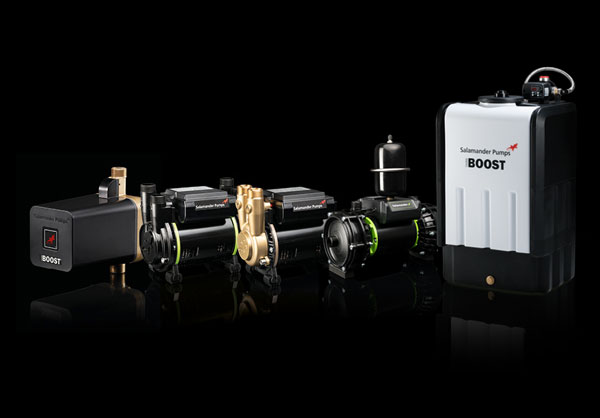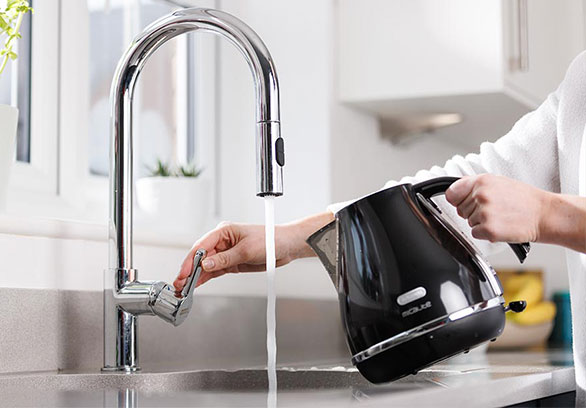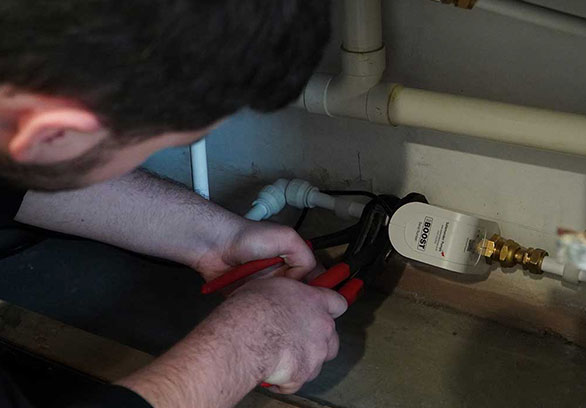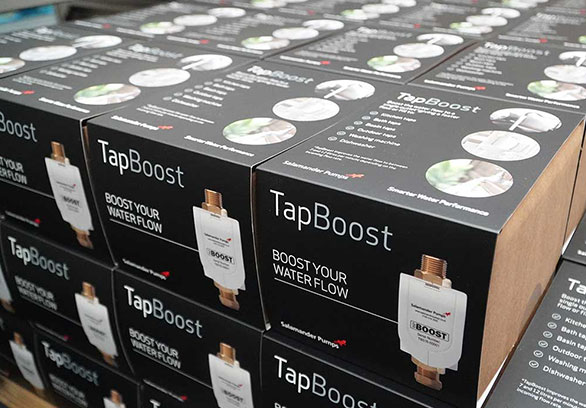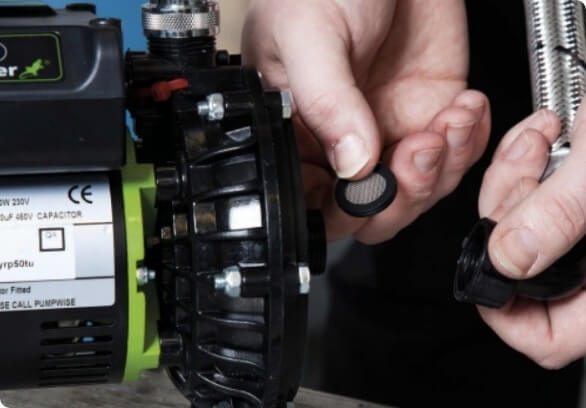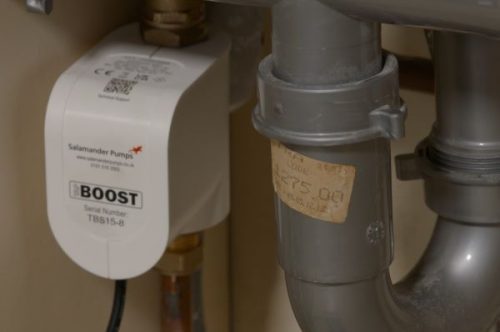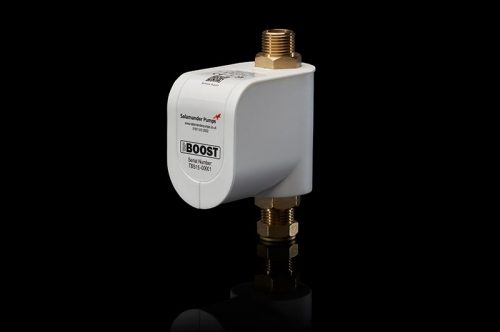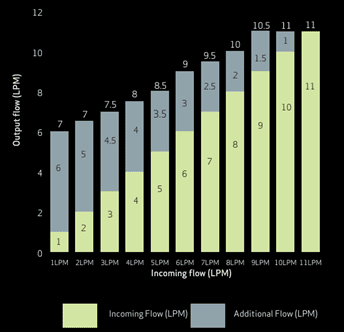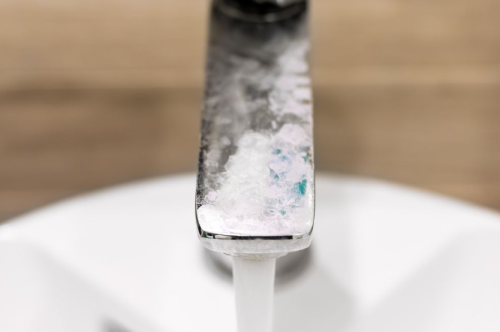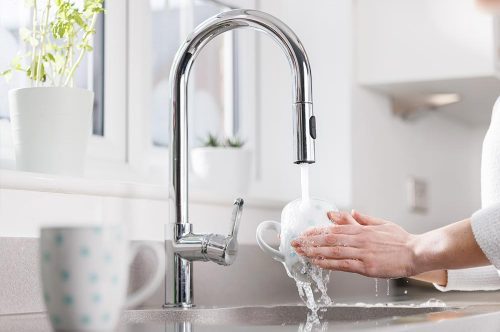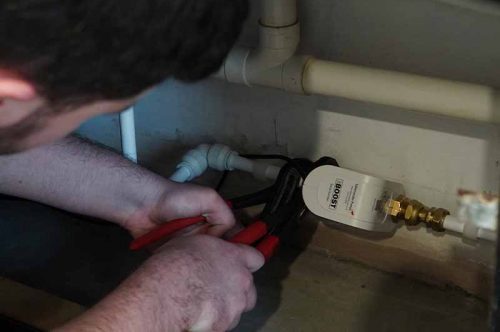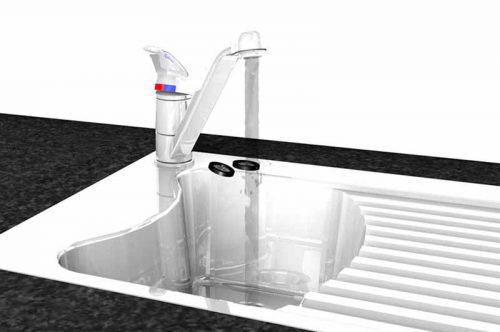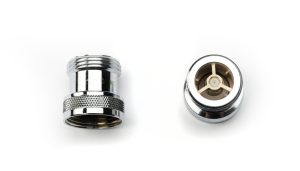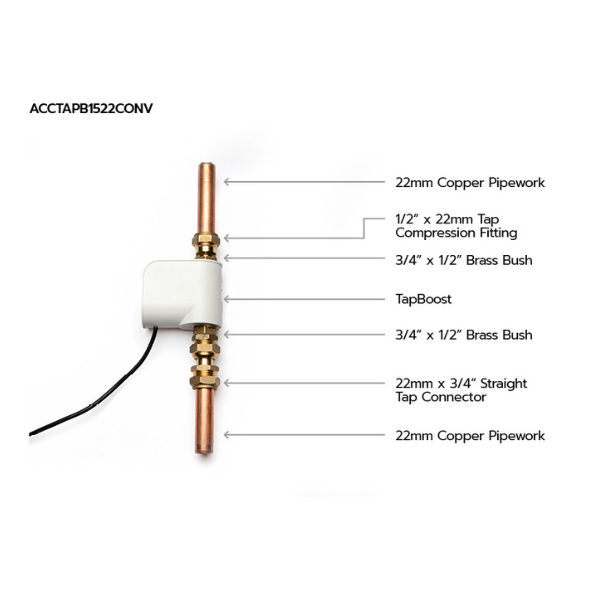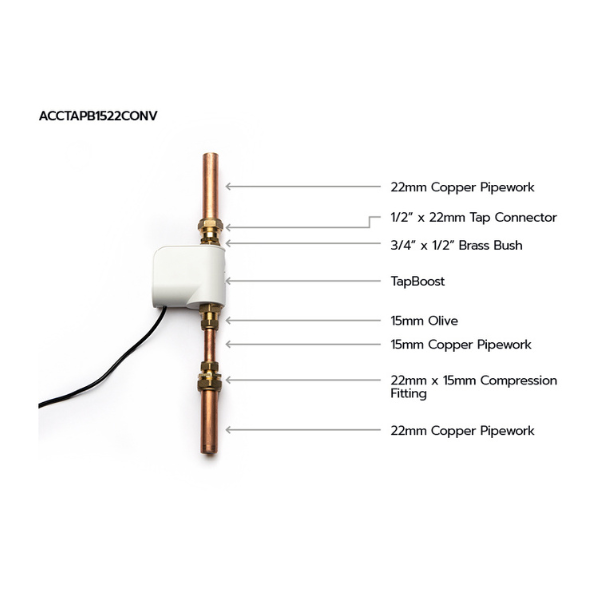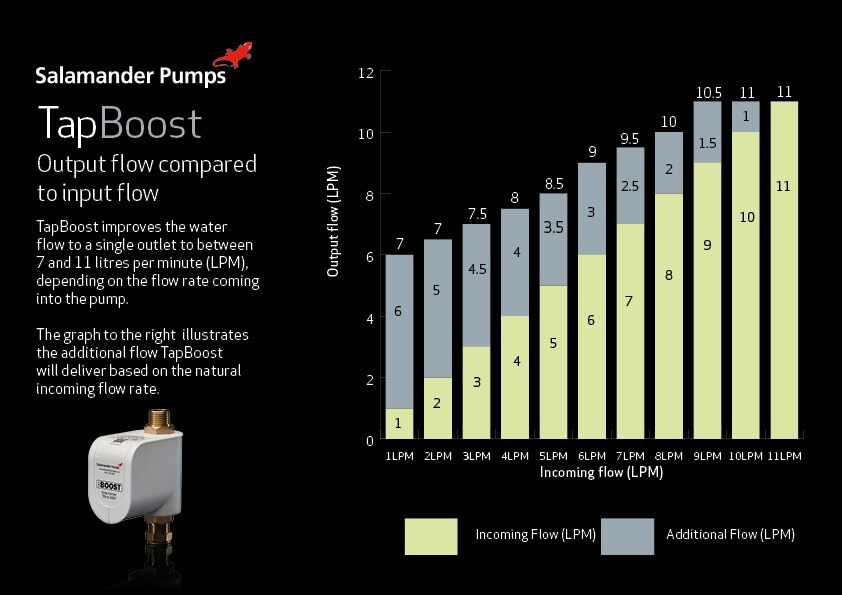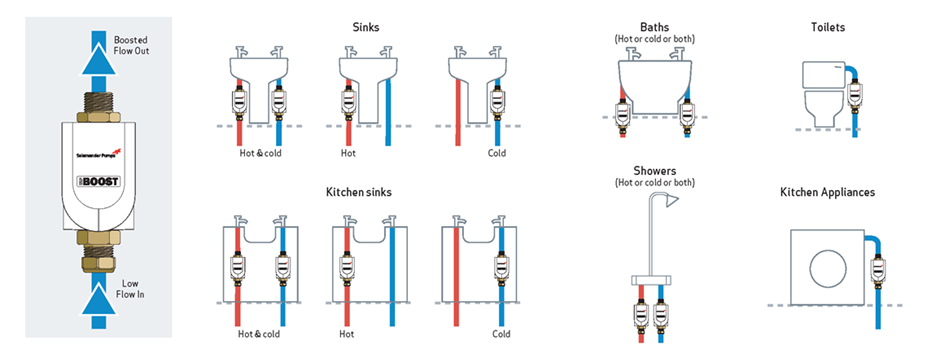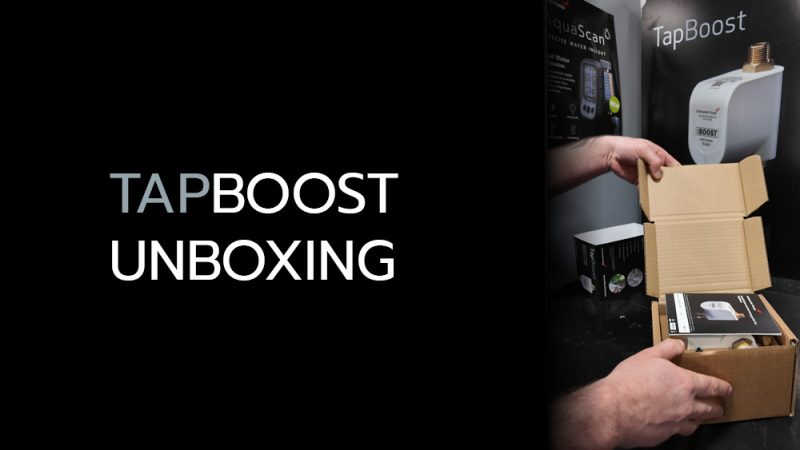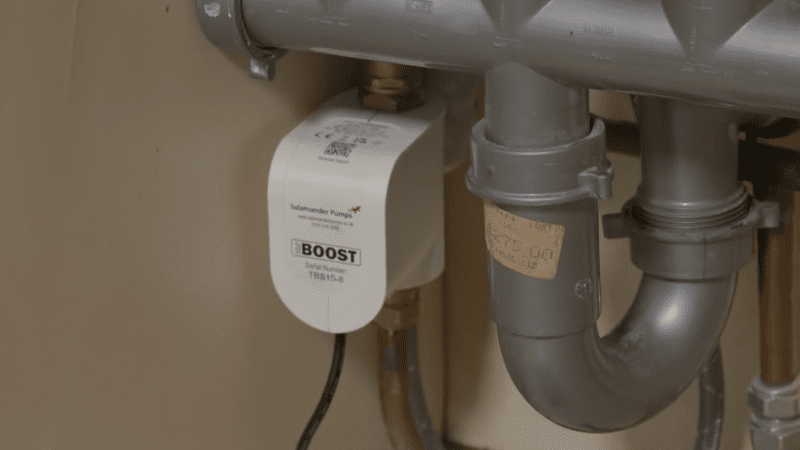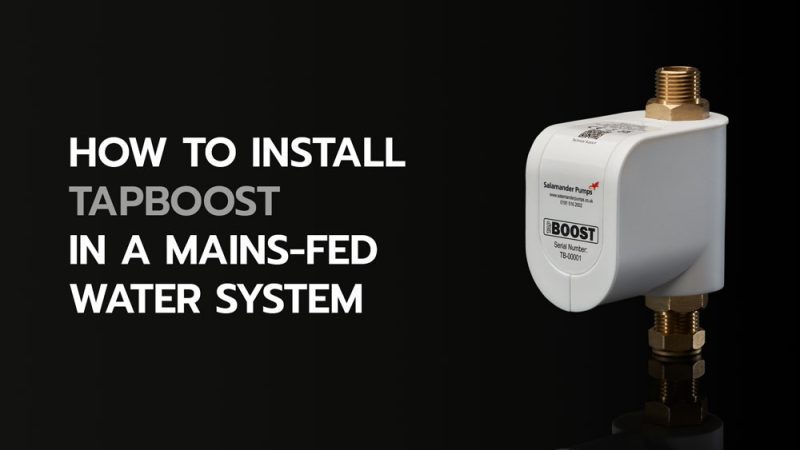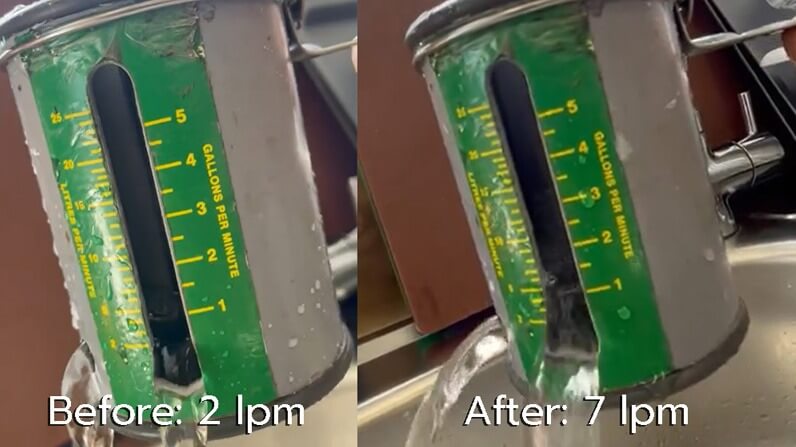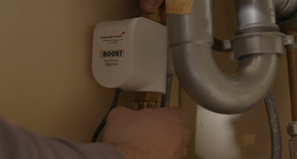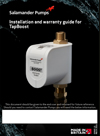Yes, TapBoost would work as it can be used with both copper and plastic pipework however, you may need to purchase the 15 – 22mm converter kit. The TapBoost outlet connection is 1.2” BSP male and is supplied with a 15mm compression fitting for the inlet, however baths are often supplied in 22mm. Check the pipework size and if necessary, a 15 – 22mm converter kit is available to connect to 22mm pipework. When installed on mains water, detachable hose set must not be used, it must be installed onto rigid pipework and adequately supported.
Pre-Installation
Installation
Post Installation
Pre-Installation
Installation
Post Installation
Pre-Installation
-
Get support on choosing the right product and discover what to consider before buying a pump.
- Pre-Installation Support
Installation
-
Find out where to buy your chosen pump. Get support and advice on product installation.
- Installation Support
Post Installation
-
Get guidance and advice on warranty registration, customer service and troubleshooting.
- Post-Installation Support
